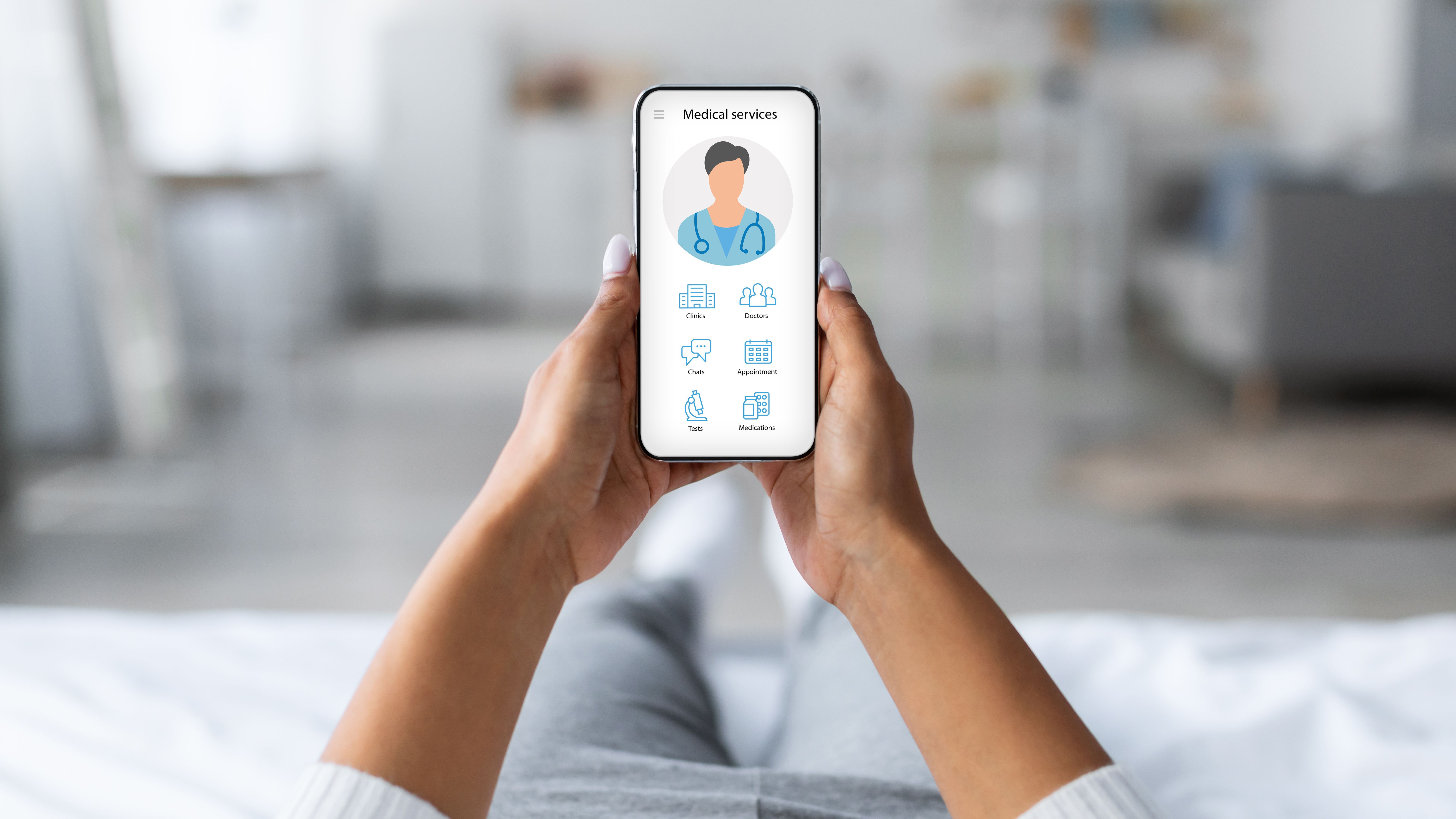Article
Driving Preventive Care Through Digital Medicines
Author(s):
The current reactive healthcare system is driving digital health innovations, Yoona Kim, PharmD, PhD, head of clinical modeling and analytics with Proteus Digital Health, said at the AMCP Managed Care & Specialty Pharmacy Annual Meeting 2016.
The current reactive healthcare system is driving digital health innovations, Yoona Kim, PharmD, PhD, head of clinical modeling and analytics with Proteus Digital Health, said at the AMCP Managed Care & Specialty Pharmacy Annual Meeting 2016.
There are 3 main factors driving the increased interest in digital health:
- Requirement to curtail increasing healthcare costs
- Need to find new ways of handling the growing number of individuals with chronic diseases
- Desire to provide better and safer medical care
These align with the Institute for Healthcare Improvement’s triple aim to improve care quality, reduce per capita healthcare costs, and improve population health.
The fastest growing category in digital health is personal health tools, which are providing tons of data that can be used to help the industry understand who is at highest risk and who is costing the system the most money. The challenge is that we still don’t know why they are risky and what the best intervention might be for them.
“And in order to understand why they are risky, we have to understand other risk factors—social and behavioral risk factors—that we don’t necessarily get with medical diagnostic tools,” Dr Kim said. “That will feed into what intervention will best impact that patient.”
Current care management efforts take the highest risk patients and through a number of programs and types of providers at them. The problem is that all of that becomes difficult for the patient to keep straight, which leads to a fragmented experience.
Digital biomarkers—consumer-generated measures—are a way to deliver personalized medicine to these patients. Data becomes a digital biomarker when a relationship is drawn to a health-related outcome, explained Dr Kim.
This data is gathered mostly through smartphones as 50% of US smartphone owners use at least 1 health app. There are also a few different types of smart wearables that collect data and send it to a central hub:
- Loose worn: watches or bands, necklaces, and apparel, such as FitBit. They have high user familiarity, but not the best accuracy.
- Body worn: adhesive patches, partial implants, and rehab devices. These have direct sensor contact, but low user familiarity and a high cost.
- Phone-based: apps and algorithms, sensing cases, and embedded sensors. These have a lot of users, but data accuracy is questionable and the market is oversaturated, leading to fragmentation and lack of quality standards.
- Portable devices: home devices like digital weight scales or glucose monitors. They are specific plug and play solutions that have a single functionality.
Dr Kim then explained some of the companies that are integrating all the data being connected. Philips takes data from blood pressure cuffs, glucose monitors, scales, and other devices that is collected in a single hub and sent to a nurse who contacts a physician when needed. The company is also taking this data and creating an algorithm to learn which patients are at risk so an emergent event can be prevented.
Zephyr is also in this space and it has added on a wearable patch that can capture ECG readings, heart rate and respiratory rate. The company uses a color coded alarm system to alert nurses to which patients are most in need.
Dr Kim’s own company, Proteus, is layering behavioral data on top of all that health data being collected.
“Really, the most fundamental behavioral biomarker is medication adherence: whether or not a patient is actually taking those medications and how are they taking it,” Dr Kim said.
Proteus has a wearable patch that works with an ingestible sensor. When the ingestible sensor is swallowed and reaches the stomach, it is activated and sends a signal to the patch. The patch records the ingestion data as well as physiologic metrics. All of this information, including adherence patterns, is provided to the patient and caregivers to help engage patients and inform treatment decisions.
On top of all the physiologic and behavioral data being collected is Omada Health, said Dr Kim. Omada has a disease management tool that layers virtual care on top of the data collected.
Plenty of challenges still remain, however. For instance, it’s hard to find the right digital biomarker—step count may not be relevant to everyone. In addition, there are still data silos that need to be bridged, and one issue that is top of mind is determining who will be responsible for reviewing the data and reacting to it. Another challenge is determining who will pay for digital health.
“I think digital health really has the potential to revolutionize care from access to diagnosis and treatment, change the way healthcare is delivered, transform the cost curve,” Dr Kim concluded. “I think it has all of that potential, but there are some challenges in terms of regulatory and reimbursement [barriers]. But on the other hand we’ve seen some promising data, as well.”
Newsletter
Stay ahead of policy, cost, and value—subscribe to AJMC for expert insights at the intersection of clinical care and health economics.

PROs Affirm Zongertinib’s Combination of Strong Response Rates With Low Toxicity




